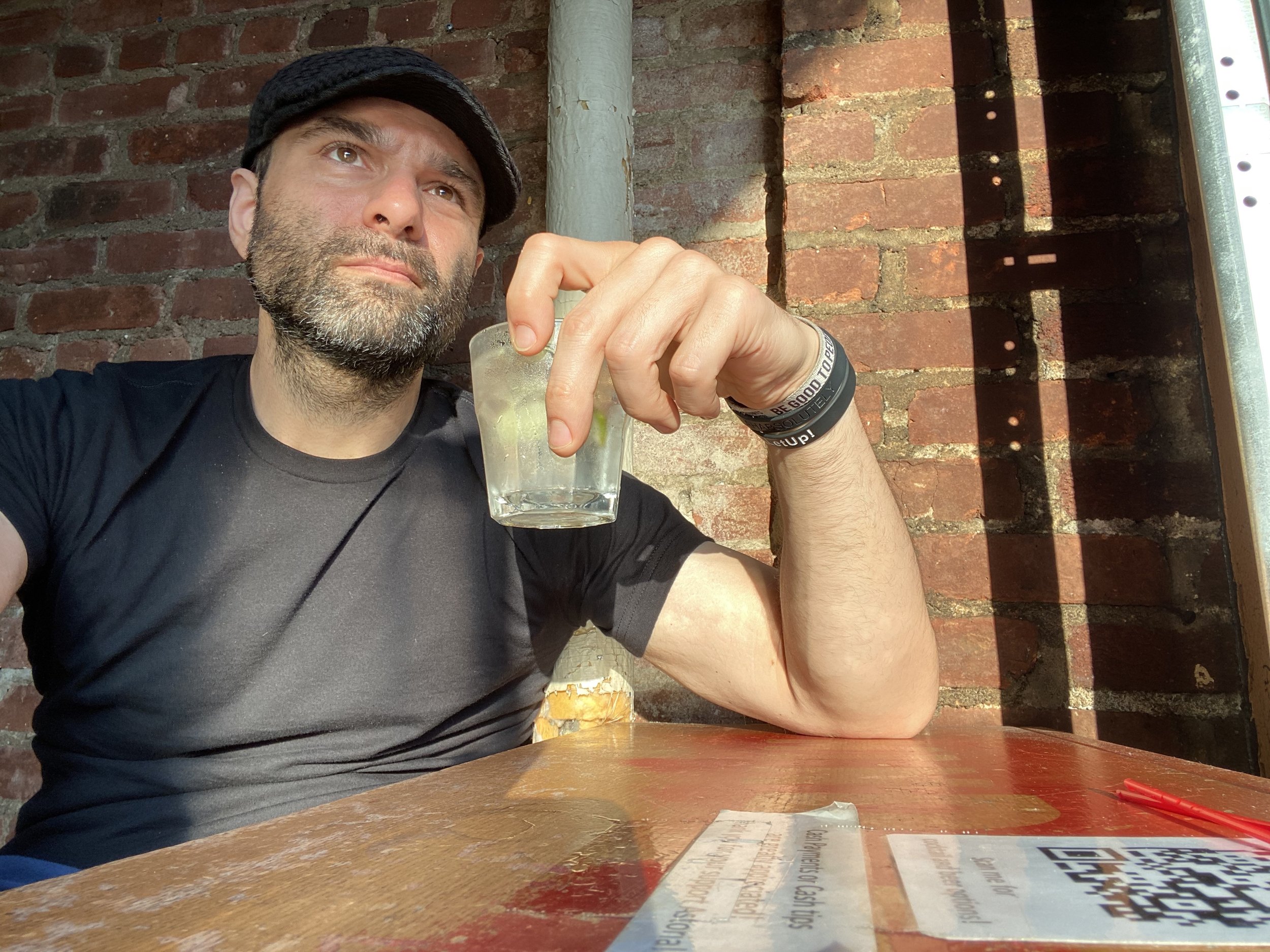What’s the story you tell yourself?
When it comes to how you see yourself in photos…
What’s the story you tell yourself?
The other day, I was photographing an event.
I was in the middle of moving from one side of the room to the other, and one of the attendees that I’ve photographed multiple times at other events approached me.
He started off by mentioning how much he enjoys my work and how great it is…
but then switched gears and complained that I often capture him not smiling despite the fact that he’s a happy person.
Interesting.
Now, this is far from the first time that I’ve heard this comment, but this particular instance bothered me, and not because I took it as a personal attack on my work.
I mean, I’ve been around the block way too many times for shit like that to get to me.
It stuck in my craw because it simply wasn’t true.
I can recall, off the top of my head, handfuls of candid smiling, warm and open expressions of him at various events.
I also remember a handful of photos of him at these meetings, taking notes, listening to the main presenter, and deeply engaged in conversation with fellow attendees.
Technically, the photos were fine - lighting was clean, compositions were interesting, his clothing and hair was in place, and his facial expressions were subtle and appropriate for the activities in which he was engaged in those moments.
Regardless, the latter is what he focused on, which truly didn’t surprise me in the least.
Why?
Because negativity bias is strong and real, and it shows up in the work I do with clients every single day. So, I’m used to swatting those pesky thoughts away.
And that leads me to the point of sharing this story:
When it comes to your photos, be very careful with the stories you tell yourself about them. It can blind you to what is actually staring right back at you.
When he saw the non-smiling photos, he defaulted to a negative response, not because the photos were unflattering, but because they didn’t fit the narrow-minded, narrative inside his own head.
Meanwhile, if someone else saw those exact same photos, they might focus on the fact that they want the opportunity to be in that person’s chair, experiencing the value of attending these meetings and events based on how present and engaged he looks.
When you share photos of yourself with various expressions on your face, that allows your audience the chance to be introduced to you.
When you’re not smiling in a photo - god forbid, I know - It doesn’t mean that you’re presenting yourself as an unhappy person; it means you’re showing yourself to be a complex, human being with many sides to your personality.
It doesn’t take away from who you are or even how you want to be perceived - it, ultimately, enhances it.
After all, who the hell walks around with a smile on their face, all-day, every day? And if they do, do you trust them?
Exactly.
So, the next time you look at your photos, realize that your immediate reaction is the story you always tell yourself…
…and that story can change whenever and however you want.
It’s not about the photographer, lighting, camera, location, whatever…
It’s on YOU.
Curious to learn more about visual storytelling for experts?
Cool - I got you. Sign up for my newsletter where I talk about all things photos for speakers, authors, trainers, consultants and other expert-business owners.
Who knows? You might learn something cool :)


